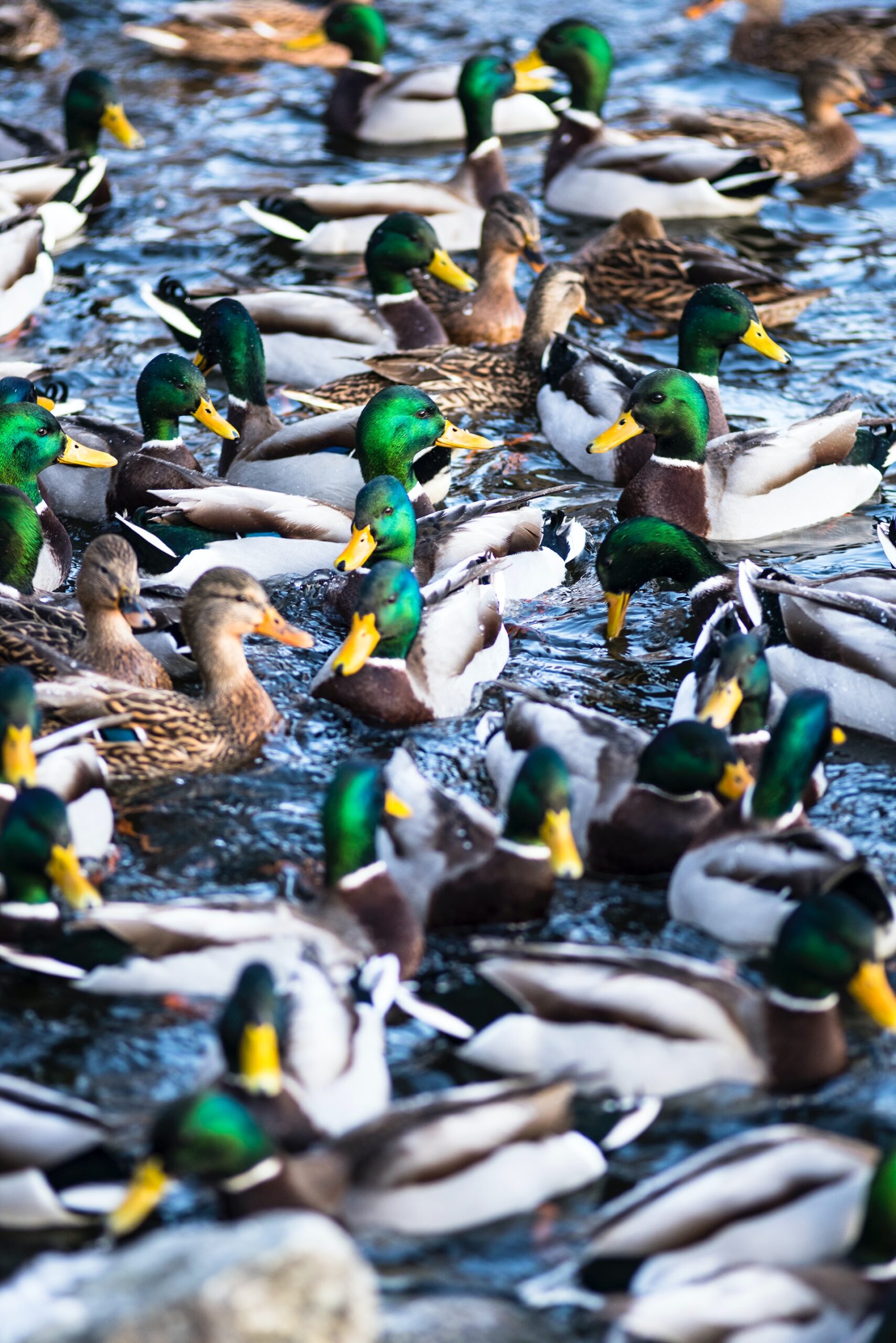Preparations for Creating a Wildlife Pond in a Small Garden
Creating a wildlife pond starts with careful preparation. This prepares your small garden to host a variety of wildlife species.
The first step is choosing the right location. Consider an area that gets both sunlight and shade during the day. Sunlight helps aquatic plants grow, while shade helps prevent excessive algae growth. Mind the trees around, as falling leaves could clutter the pond, making maintenance difficult.
Next, determine the size and depth of your pond. Small, shallow ponds are perfect for attracting frogs and various insects. If you can dig deeper, you can also attract birds, mammals, and maybe even fish. According to experts, pond depth has a significant impact on the wildlife your pond will attract.
Lastly, select the materials for your pond. A flexible pond liner is often the best option. They’re easy to install and perfect for creating a natural-looking pond.
Steps to Build the Wildlife Pond
Once the location and materials are set, it’s time to create your pond. Begin by marking the pond area and start digging. While depth may vary, ensure the sides slope gently. This lets creatures easily enter and exit the pond.
Remove any sharp stones or roots, then lay a layer of sand or old carpet to protect the liner. Place the pond liner, add a layer of water, and adjust the liner accordingly. Secure the edges with stones and use soil to backfill the gaps, as advised by Lovely Greens.
Finally, add a layer of gravel and larger stones for aesthetics and to provide hiding spots for wildlife.
Planting and Attracting Wildlife
Plants are crucial to your wildlife pond. They oxygenate the water, provide food, and offer shelter to creatures. It’s recommended to use native plants, as they are more likely to attract local wildlife and better support the ecosystem.
Some good plant options to consider are Water Forget-me-not, Marsh Marigold, and Lesser Spearwort. The Our Tiny Homestead blog also suggests adding shrubs and flowers around the pond to attract more wildlife.
Remember, patience is key when it comes to attracting wildlife. Let nature do its job, and soon enough, you’ll see various species coming to your pond.
Pond Maintenance
Maintaining a wildlife pond doesn’t require much effort. However, it’s important to regularly check the water level, especially during dry periods. If needed, top up with rainwater as tap water can introduce harmful chemicals and algae.
During autumn, consider placing a net over the pond to prevent leaves from falling into the pond. In winter, ensure there’s an open hole in any ice for creatures to breathe through. Otherwise, let nature do its job while you enjoy the beauty of your wildlife pond year-round.

